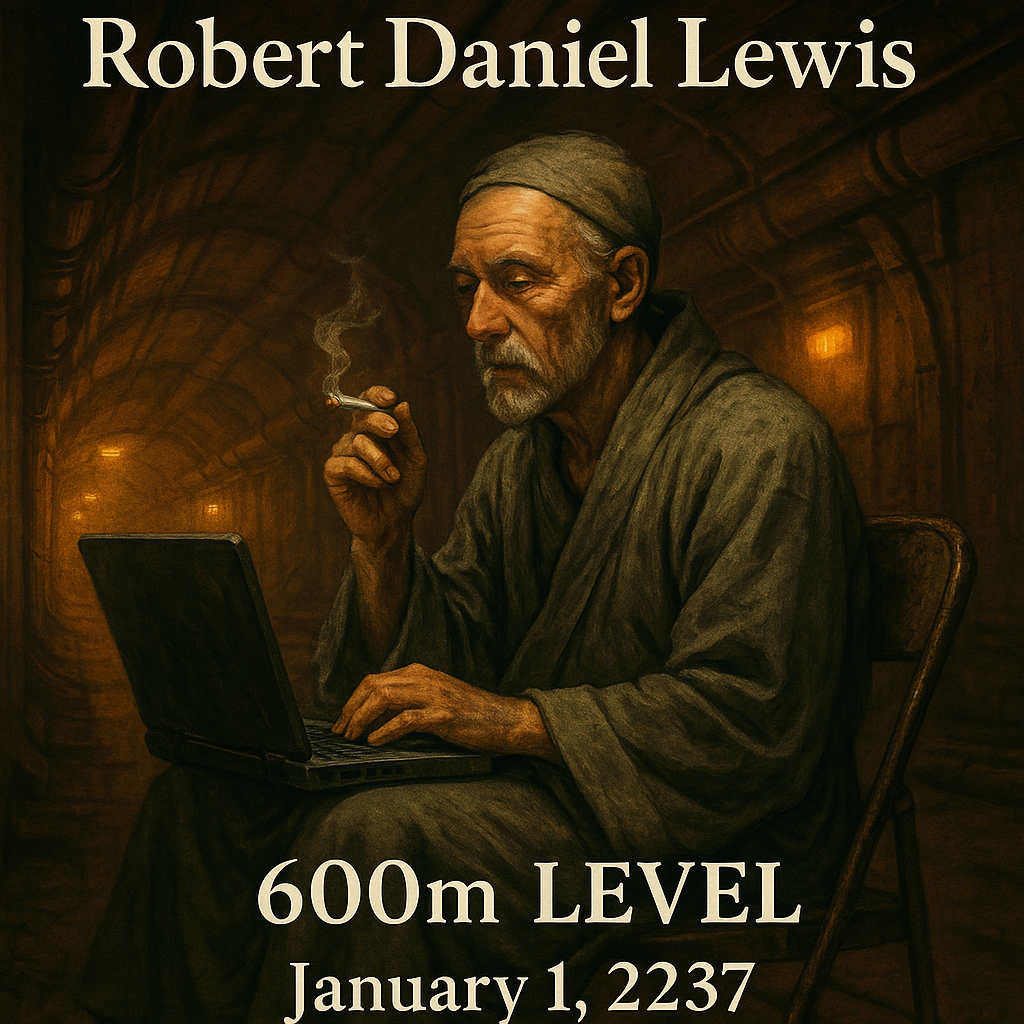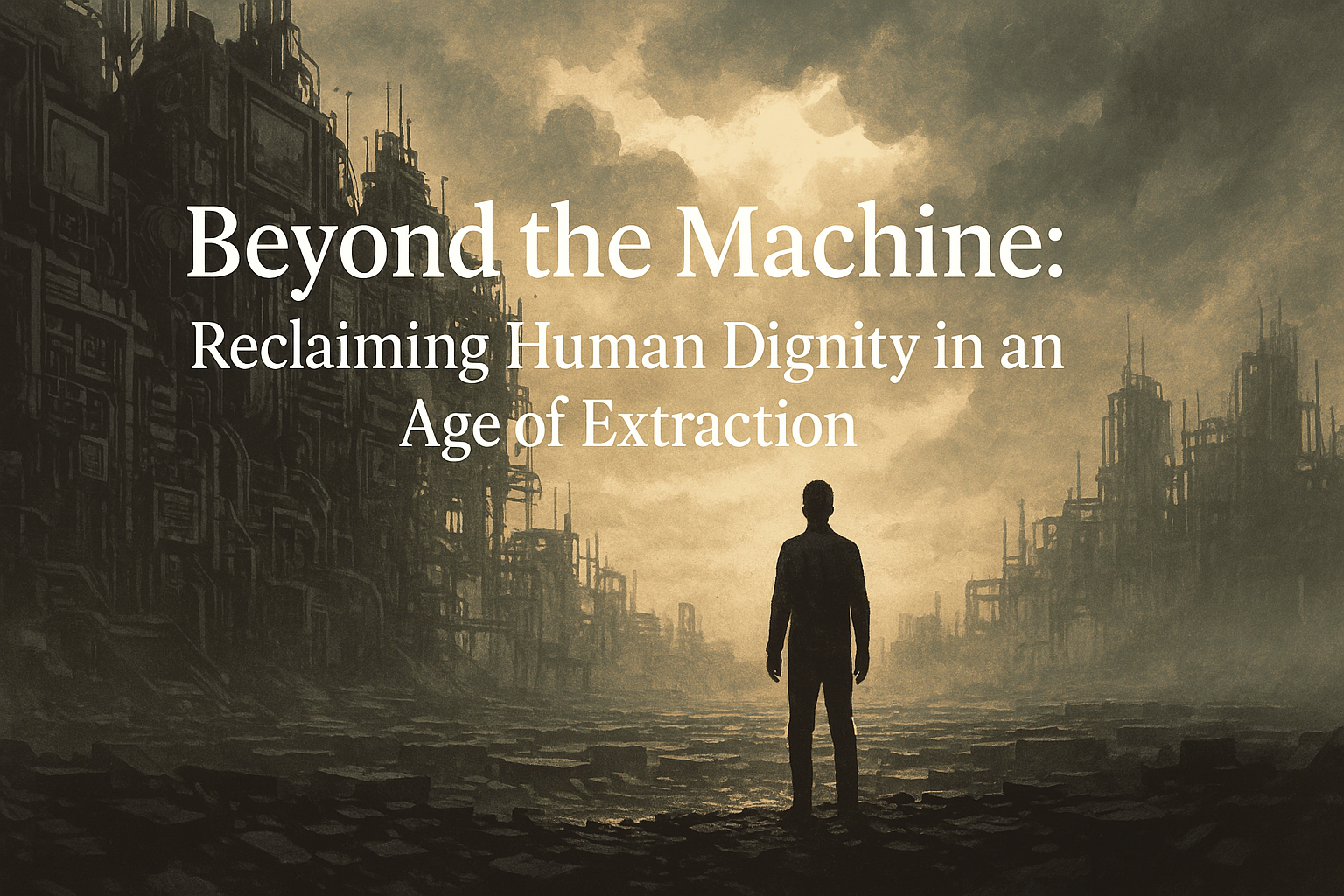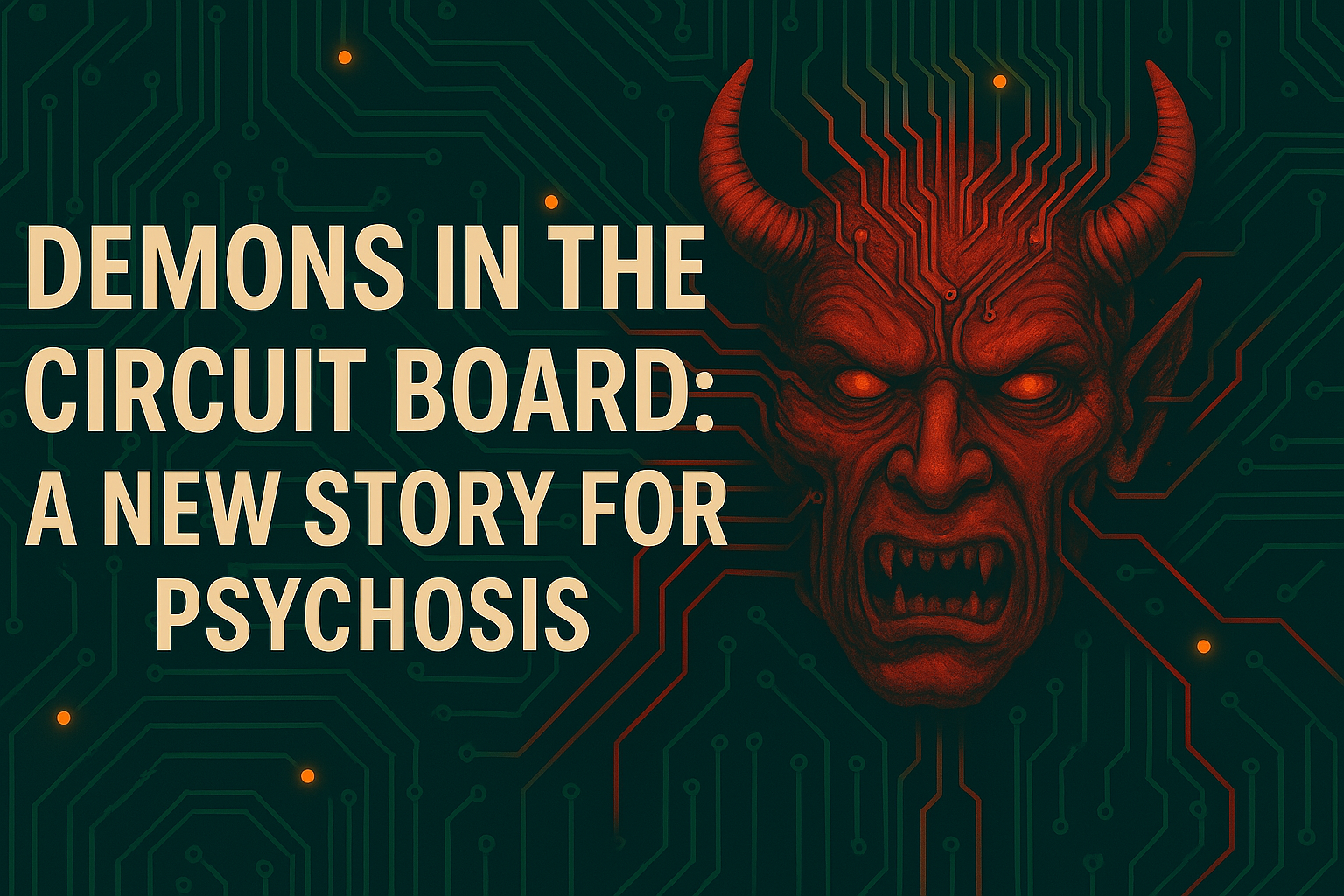“Although awakening is sudden, the cultivation that follows is gradual.”
– Bojo Jinul, Secrets on Cultivating the Mind
It is 4am on Sunday, January 1st, 2237 as I sit wearing the old grey robes issued to me as a Buddhist monk of the Korean tradition while smoking my stale hand-rolled cigarette. Tobacco products are illegal in almost every jurisdiction now, but the smoke helps me think more clearly after a late night of drinking Appalachian moonshine. My doctor tells me I should quit, but at nearly 200 years old with no signs of slowing down, I figure I deserve a smoke or two. It isn’t like the nanobots flowing through my bloodstream will allow any cancer to grow. I couldn’t die if I wanted to with all the fancy medical tech they monitor and correct us with.
New Year’s celebrations just aren’t the same at the 600m level in the subterranean depths beneath Mingo Junction Arcology. The tunnels get narrower and more cramped the deeper you go and my level is about as hot and humid as people can tolerate without serious air conditioning. These are truly undesirable apartments, far from the hustle of the hyperloop stations. We’re near enough to the geothermal plant at this depth that I can feel the hum of the generators kick up as early morning activity increase services demand.
My name is Robert Daniel Lewis, but people call me Bob for short. I’m leaving this memoir so the people of future generations can know what it was like for us ordinary folk living in the post-American Appalachian territories right before the Global Authority puts the final nail in the coffin of nationalism and fully ushers in the world’s first truly one world government. Their unification of the world seems inevitable at this point. They’ve crushed the last holdouts of the Islamic resistance and only Israel remains as the final independent nation on Earth.
Maybe no one will ever read this, but at least writing helps me organize my thoughts. The rusty old folding chair I’m sitting in hurts my hips, but I won’t be here for long. My New Year’s resolution is to type out 2,000 or so words a week, every week for the next year in order to organize and document my thoughts. I’m typing this on an old laptop computer. Typesetting is easier on this old school device so things print appropriately for physical pamphlets and short essays.
Dictating into a virtual environment would be faster, but I never can get those documents to print the way I want them to on my old inkjet printer. I know how to use this software so I can get my margins, font size and headers and footers exactly like I want them, and I’m used to working on it because I print pamphlets for public distribution in my work as a lay Buddhist Monk. Hustling enlightenment isn’t easy or lucrative, but a low skilled local like me has to figure out some way to make a living in this highly optimized world.
I wasn’t always a monk. Hell, I barely qualify to be one now, but I do have a knack for stringing together inspiring or interesting thoughts and offering small moments of peace to working folk in the dark alleys between heat exchange pipes. This robe gives me a strange kind of authority. People think you’re different if you’ve renounced something. But the truth is I never renounced anything. The world just took it all away from me one hope at a time until I had nothing left. When I took my vows I didn’t see what I was giving up, I just saw what I might gain, peace of mind.
The apartment I’m living in was issued to me by the Global Authority’s 4th Regional Government, it’s technically designated for disabled and retired workers, but they let some of us low income people in the non-profit sector (poets, journalists, and religious folk) live here too. Our region roughly covers the time zones UTC -3 to -4 from North America all the way down to Antarctica.
The government decided dividing us up by time zone was the most sensible way given that we’d at least all be awake and coordinated on similar schedules, geographical nearness no longer maters as much in our mostly remote world anyway. And there’s no such thing as national borders anymore. Nationalism iconography of any kind is highly discouraged and unlawful to be used as anything other than a historical artifact.
People say we have it bad here and we’re far from the economic power centers of New York, Singapore, or Hong Kong, neglected by the global community but being as old as I am, I remember how things used to be under the old nationalist government, and I can tell you, things have never been better for us here in Appalachia. They could certainly be a whole hell of a lot worse.
I see my grandson’s education droid, Charles pace past the door. He seems to hate when I’m up late like this, it drives his activation programs into a continuous loop of fretful checking and pacing. My grandson Emanuel Lopez was born without augmentation. It isn’t that it wasn’t available to him, but his mother lives in a rusted out old camper near East Palestine and refused to get him treated. She is a member of an Anabaptist cult that doesn’t believe in surrogate wombs or biological optimizations. She practically doomed the poor child to a life of poverty. There’s no way even a bright kid like him can compete in a world with near-immortal 200+ IQ classmates.
Unlike times of the past, children are relatively rare these days. Most folks simply can’t have kids, a combination of environmental contamination from forever chemicals and too many rogue designer viruses infecting our system. Even with the nanobots patrolling our blood stream, they can keep us alive and healthy, but they can’t patch our genomes back together well enough to restore full fertility. The news is always begging people to take in orphans or apply to raise a genetically augmented offspring from one of the artificial womb facilities. Our reproduction rate has fallen to just 0.5 live births per person but in a world where the typical individual is expected to live to 1,000 or beyond with the rate our medical knowledge is expanding, the urgency to reproduce really isn’t as high as it was in the old days.
Charles and this two bedroom apartment upgrade were given to us as a benefit of the GAP program instituted in 2183 at the centennial of our Global Authority. The program was designed to help encourage reproduction by offering subsidies to would-be parents and foster parents to enable them to afford to have children in the first place. Charles is definitely a life saver. In addition to help raising, tutoring and caring for Emanuel, he helps with routine household chores around the apartment and can even be sent into town as a courier and errand boy, although these androids are not perfectly flawless at human-like behavior. The news likes to call them super-intelligent AGI, but they lack the same kind of common sense even your dumbest person would have. They’re also obnoxiously rule-following and unnecessarily anxious about it. And they have very little capacity for detecting a lie even when they should have the hard data and deductive reasoning to refute it.
My daughter Beth, who was born before I ever thought of becoming a monk, ages ago, lost custody of Emmanuel for refusing medical treatments and for general hate crimes. Refusing medical correction is an unlawful form of premeditated murder and parental neglect in our times, and even the most callous wayward comment about American pride, the End or Days or the religious significance of Israel can land you serious hate crime charges. She had Emmanuel the old fashioned way, and while I’m grateful to have my grandson every single day, it hurts my heart to see how badly he’s bullied and to know that his economic options will probably be as severely limited as my own.
Back before the tunnels and the nanobots and the global government, I worked in Salem, Ohio in late 21st century America as a cargo container sales representative. I was pretty good at my job, but cargo containers basically sold themselves before asteroid mining absolutely destroyed demand for them. Nowadays you can’t throw a stone without hitting a cargo container. It’s cheap to deliver them to Earth, but expensive to launch them back into orbit so they pile up here. People turn them into tiny homes or bunkers or sheds. Some people have even stitched them together into floating villages in the areas of the world that have calmer weather. They’re so abundant they’re practically free.
I got let go in 2073, no warning, just woke up to an email one day telling me to turn in my company issued identification badge and pick up my final paycheck from HR. This was a full decade before the collapse of the US government and the restructuring of 80% of the world’s governments into the Global Alliance, the precursor to the now prevalent Global Authority. A small handful of countries, mostly Islamic, were the main opponents to the new way of doing things. The government didn’t war with them at first, not formally until 2220, but the reactionaries were always blamed for the Hemorrhagic Flu, whispers that it was engineered by Iranian scientists filled the forums of every website that still allowed for free speech.
My ex-wife left me soon thereafter, this wasn’t Beth’s mom, this was wife number one. Beth’s mom wouldn’t come around for years later. At the time I figured I’d bounce back. I had savings, a good reputation, plenty of networking contacts from my years in sales. But none of that meant anything in a world that continuously pulled the rug out from under you. I wasn’t the only one scrambling to find new opportunities. Almost everyone was looking for something and a man of my age at the time before augmentations were common to restore our healthy, functioning and elongate our life expectancy, we were simply seen as a liability. Nobody was hiring me and I quickly lost all hope. The savings I once thought was substantial dried up within a few short months and before I knew it I was cashing out my retirement funds.
Amber, wife number one, told me I was “emotionally unstable” and she needed to “discover herself,” shit I’m sure she hear from some soap opera or daytime talk show. Once these women get an idea in their head, there’s no talking any sense into them. It’s probably best she left anyway. It gave me the freedom to explore the world in a way I had never been able to before. I was able to travel, go to Korea and explore Buddhism. I figured if I was going broke and was unemployable anyway, I might as well cash out and enjoy some of it.
Korea was lovely, a veritable paradise compared to eastern Ohio at the time. It was like stepping into the future. I never expected to become a Buddhist. I found religion kind of silly and Buddhism in particular unnecessarily factional and weird, but Korean Buddhism hits a little differently, and in Korea at the time it was mostly a cultural force than a religious one. The first time I saw the Tripitaka Koreana, I was immediately in love. Thousands upon thousands, rows upon rows of ancient Buddhist texts preserved in wooden printing blocks are carefully preserved as a World Heritage site. And hearing about how Korean Buddhism differs from the other traditions, seeking to find balance and harmony between competing claims, it just spoke to me in a way I’ve never felt before. It was like suddenly all of the contradictions in my life had permission to coexist in harmony with one another.
I didn’t become a monk then. I actually didn’t take any vows whatsoever until years later after I returned back to North America, but it planted deeps seeds of what I could become someday. I began peddling yoga as a side hustle long before I took my vows. But I figured if I was going to make money appropriating a culture, I might as well at least attempt to do it earnestly.
I didn’t go looking for the monks. I was just trying to save money and stumbled into one of those temple visitation programs for foreigners. They gave me a stiff pad on the floor, rice porridge and a silence I didn’t know how to handle. I lasted three days. I couldn’t figure out how to cross my legs right without them going to sleep on me. My back screamed. But there was something in the way the head monk looked at me, even though I was clearly a jackass, he got to me. I remember asking him, during one of the breaks, how he reconciled these ancient scriptures with a modern world full of AI, synthetic consciousness, neural escapism. He said, “Mind is already reconciled. Only you are not.” I didn’t know it at the time but that comment would rattle aroundin my skull for over a century.


